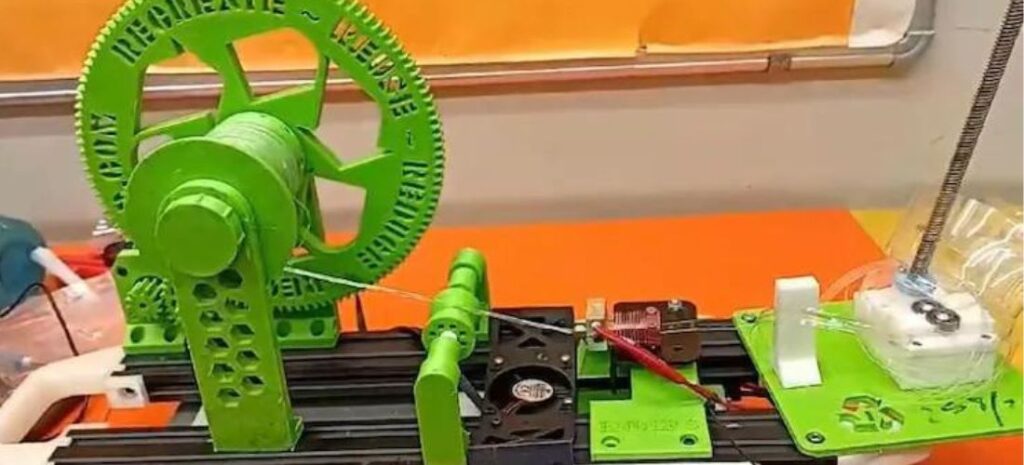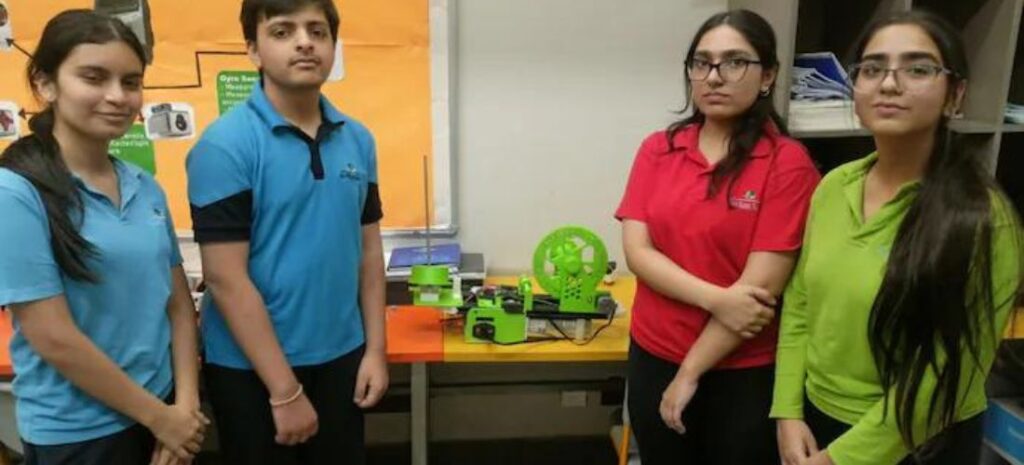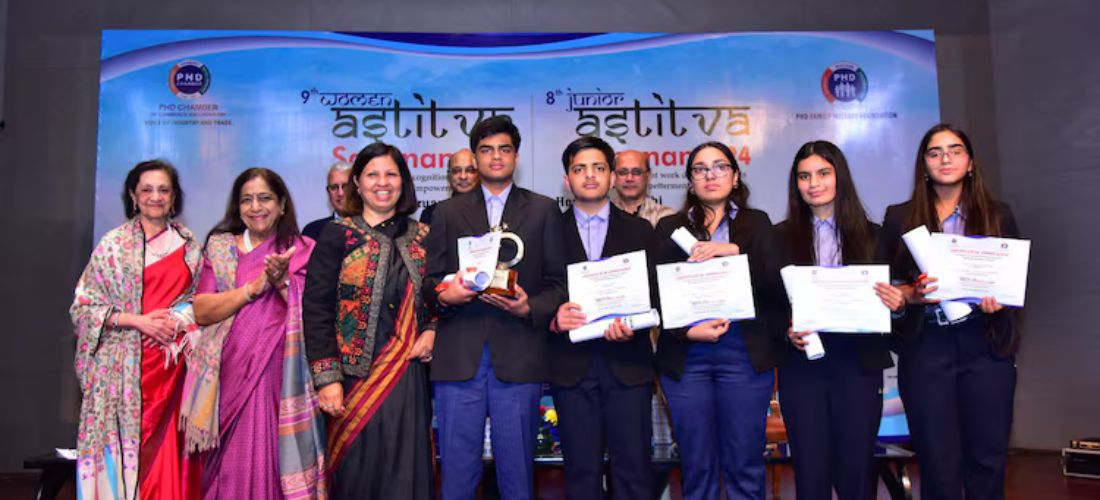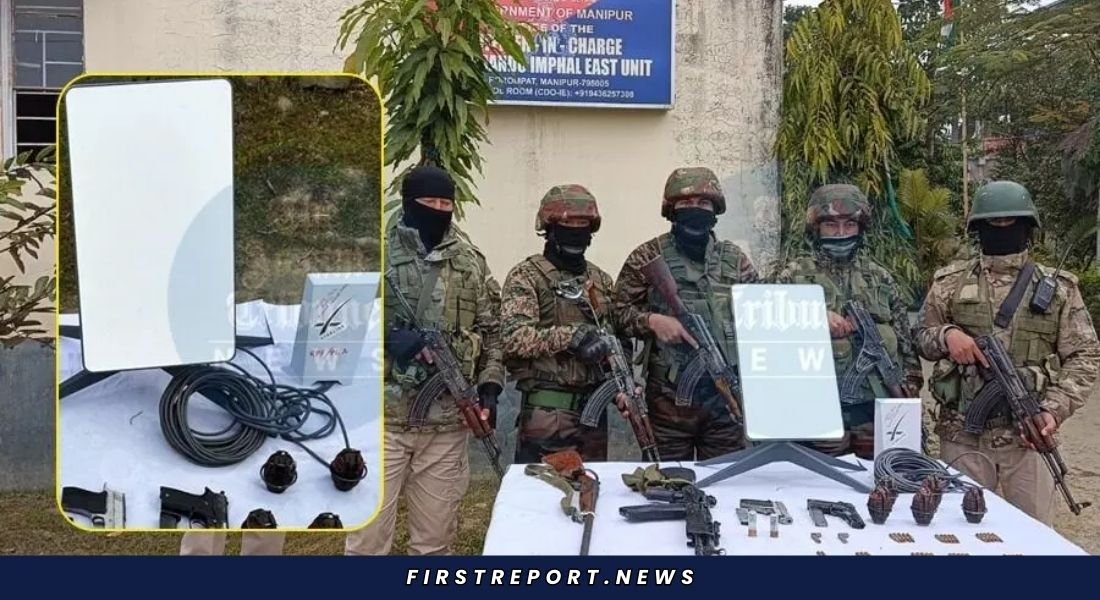Five students from Class 11, Shiv Nadar School in India have created a revolutionary 3D printer called Replastify. This innovative machine tackles plastic waste by transforming household plastic bottles into usable 3D printing filaments.
Replastify 3D Printer: A Sustainable Solution
- Repurposes PET plastic bottles into 3D printing filament.
- Aims to reduce plastic waste and promote a cleaner environment.
- Won top honors at the 8th Junior Astitva Award for its innovative design.
Inspiration and Vision
Inspired by the growing 3D printing industry and the concerning amount of plastic waste, the Replastify team envisioned a solution. Their goal is to significantly reduce plastic waste by creating a user-friendly system for filament production.
“By effectively repurposing plastic bottles, our initiative leads to a tangible decrease in their presence, fostering cleaner and healthier surroundings. Furthermore, our project serves as a catalyst for community engagement, inspiring individuals to actively participate in waste collection and recycling efforts,” said the Replastify Team.

Replastify 3D Printer works in five simple steps, allowing users to convert plastic bottles into filament. Currently, the machine focuses on PET plastic due to its prevalence and environmental impact.
- Place the plastic bottle in the bottle holder after removing its bottom.
- Pull a thin strip through the extruder into the reel.
- Turn on the motor.
- The machine now automatically converts the plastic bottles into PET filament.
- All the filament will get wrapped around a reel.
“Because of problems with pollution, inappropriate disposal, and inadequate recycling infrastructure, the recycling rate of PET plastic is comparatively low. And, this adds to the amount of plastic debris that ends up in landfills and the ocean” said the Replastify Team.
The team also clarifies “Future iterations aim to incorporate other plastics like PVC.”

Challenges Faced by Replastify 3D Printer and Future Plans
Developing Replastify required extensive research and overcoming technical hurdles. Sourcing parts and perfecting the automated bottle-cutting mechanism presented significant challenges.
“We faced a lot of challenges in building an efficient working prototype, like perfecting a mechanism to automate the cutting of bottles. A lot of the parts also had to be sourced, and we gladly had our mentors to aid us in that.” the team adds.
Looking ahead, the students plan to optimize Replastify for scalability and wider adoption. They envision their creation playing a significant role in the fight against plastic waste and paving the way for a more sustainable future. The 3D printing market is projected to soar to $40 billion by 2026.
Replastify exemplifies how student ingenuity can address environmental concerns. This innovative 3D printer offers a promising solution for managing plastic waste and promoting a cleaner planet.
Also Read – Home Items Increase Cancer Risk




